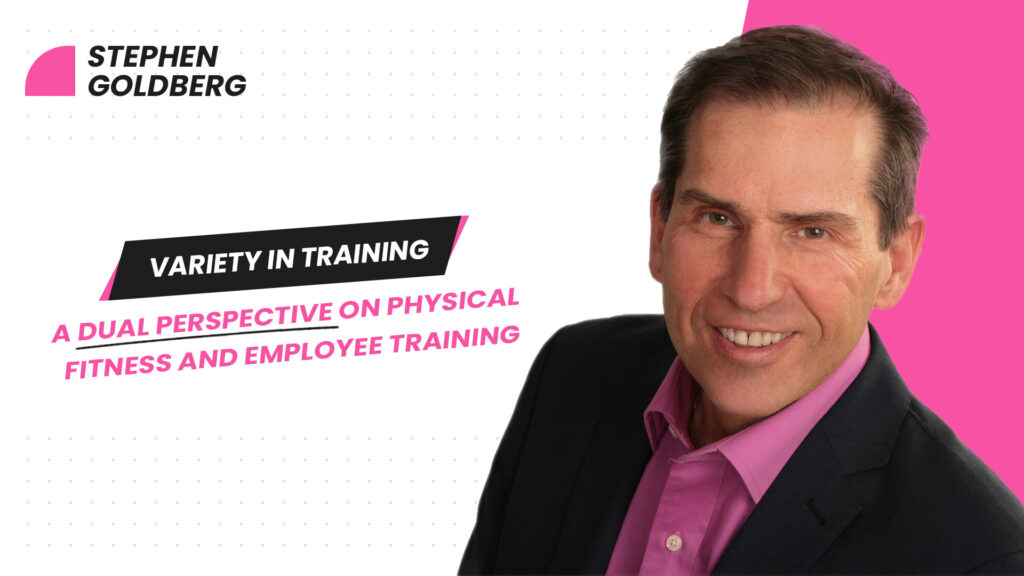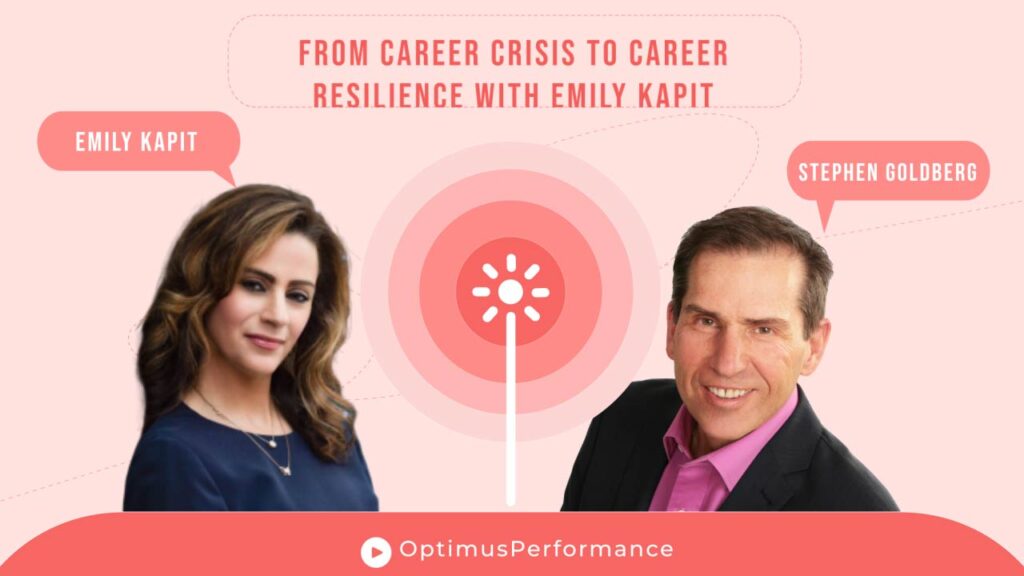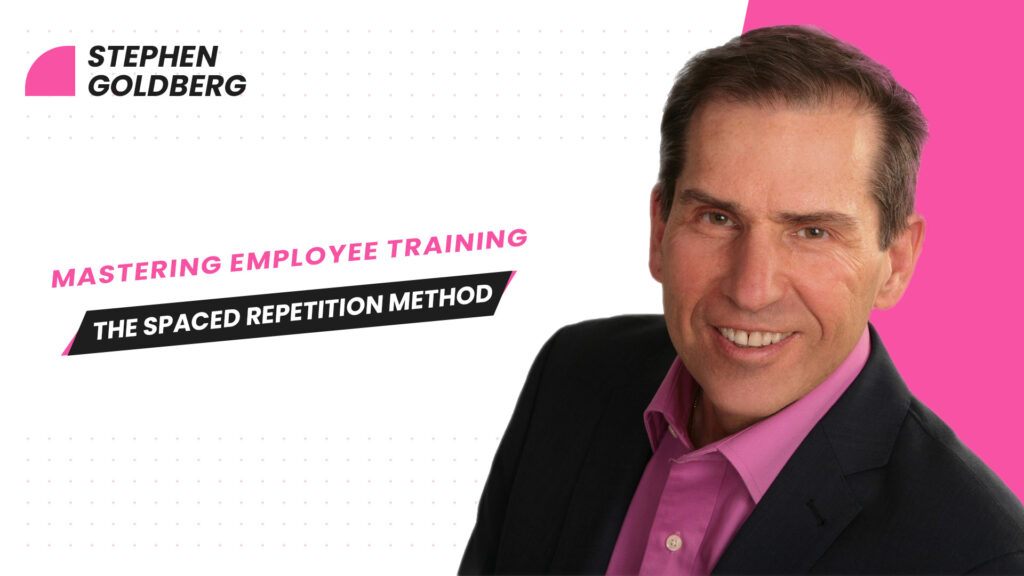
As I step into the gym for another session with my trainer, Jesse, it strikes me how the principles of our workout regimen mirror the core tenets of effective employee training. In this article, we’ll explore the vital concept of incorporating variety into training, drawing parallels between physical fitness and nurturing a skilled and motivated workforce.
Variety in Training
Jesse, my trainer, strongly emphasizes the value of introducing variety into our workouts, and his three key points extend beyond the gym, holding significant importance for employee development. Let’s delve into the world of variety in training:
- Mental Stimulation: Jesse’s first point hits home—the need to keep workouts engaging. This principle directly translates to employee training, where monotony can lead to disinterest and reduced engagement. A diverse training approach keeps employees mentally stimulated and eager to learn.
- Functional Training: Jesse’s approach to adapting workouts to real-life scenarios mirrors the importance of providing employees with skills directly applicable to their roles. Just as life presents unexpected challenges, versatile training equips employees to handle various work-related situations effectively.
- Muscle Stimulation: Jesse’s third point emphasizes the importance of diverse exercises to stimulate various muscle groups. Similarly, in employee training, a well-rounded approach ensures that employees develop a wide range of skills, much like targeting different muscle groups in a workout.
Ongoing Training
Jesse underscores the importance of consistent training to maintain physical fitness. This principle aligns perfectly with the need for ongoing employee training. Here’s why continuous learning is imperative:
- Skill Retention: Just as with physical fitness, skills can deteriorate when not consistently practiced. Ongoing training ensures that employees retain and continuously improve their competencies.
- Preventing Regression: When employees cease to learn, they may revert to old habits or become disengaged. Regular training is the antidote, preventing regression and ensuring a consistently productive and motivated workforce.
- Employee Well-being: Continuous development contributes to employees’ overall well-being, enhancing both their mental and professional health. Content and skilled employees are invaluable assets to any organization.
- Employee Loyalty: Offering ongoing training signifies your commitment to your employees’ growth. This fosters a sense of value and loyalty toward your organization, leading to increased retention rates.
Conclusion
Variety in training isn’t confined to the gym; it’s equally crucial in employee development. By embracing diverse training methods and upholding ongoing training programs, employers can cultivate a workforce that is skilled, highly motivated, and loyal. So, heed Jesse’s wisdom and invest in your employees’ growth—a strategy that pays dividends for your team and your organization.


